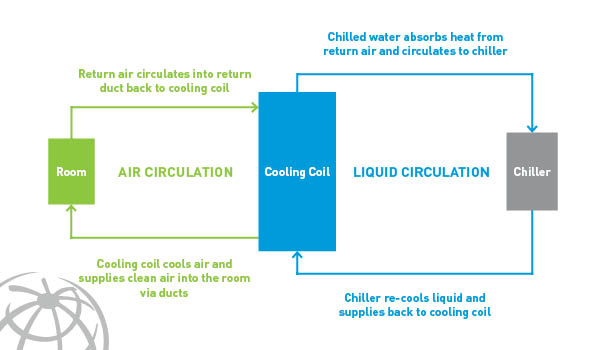Ducting Explored - Energy efficiency for air ducts
Insulated air ducts help to create a better indoor environment because it improves energy efficiency and reduces overall noise levels. Today, we will be exploring energy efficiency as we spend long periods indoors and need to keep cool.
Why is energy efficiency important?
Energy consumption is significantly driving global warming and the building sector alone consumes up to 40% of all energy. Research shows that one of the most effective ways to conserve energy is to use existing, tried-and-tested technologies such as insulation.
How does a ventilation system become energy efficient?
When energy is produced, transported or stored, part of it can be lost as heat if the system is not insulated properly. In a typical ventilation system, it would comprise of air ducts, cooling coils, and a chiller system. If the right insulation material is installed on air ducts, there will be little to no heat gain, enabling the chiller system to operate more energy efficiently.
To better explain this process to you, the image below shows air being transported between a room, cooling coil and the chiller.
What happens if the insulation is not installed properly?
The surface temperature of the duct could fall below the dew point temperature. When this happens, condensation may occur on the duct. If a conventional insulation material like glass wool is used, it could absorb the condensed water, resulting in mould and fungi growth.
The following could also happen:
(1) The insulation will lose its insulating properties allowing heat gain along the duct.
(2) There will be a rise in the temperature of cold air supplied into the room, increasing the overall room temperature.
(3) The temperature of the air returning to the duct will be higher and requires additional cooling to lower it. This increases the cooling load of the cooling coil.
(4) The chiller system will increase its energy consumption to match the increase in cooling load to achieve the desired temperature for the room and reduce the temperature of the supply air.
(5) An increase in overall energy consumption of the ventilation system.
How can I solve this?
Choosing the right insulation matters. Make an informed choice with our free insulation guides available here. Or contact our technical insulation experts - we'll be glad to assist, leaving you time for everything else.






